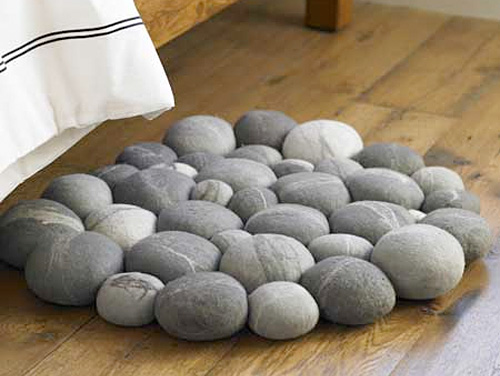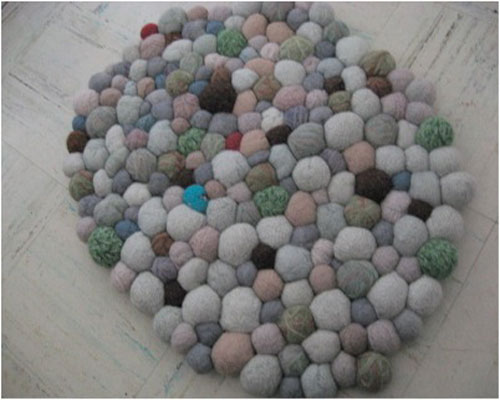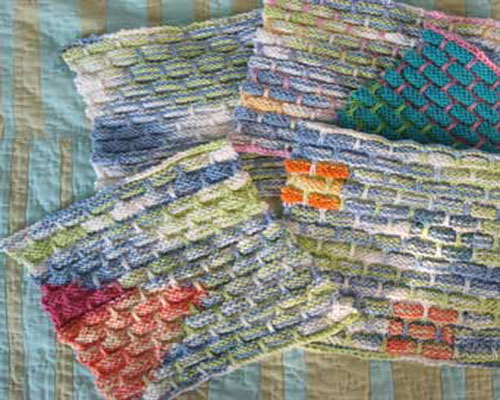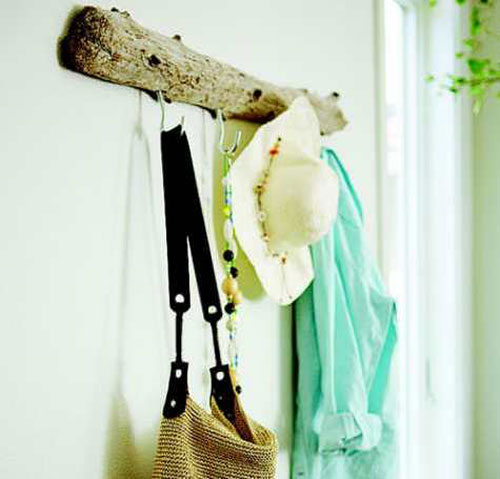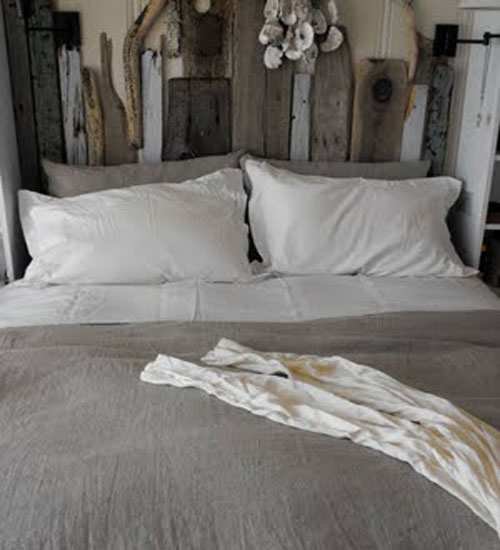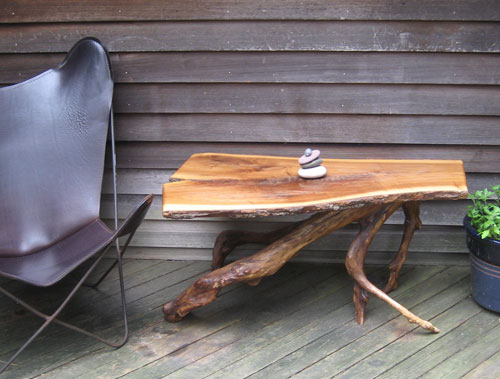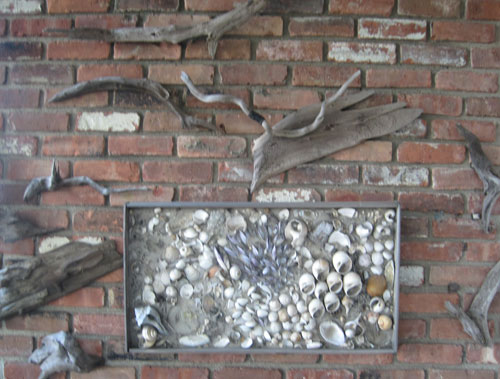 Inhabitat is one of the top environmental blogs in the world. Their mission is simple, “Green Design is Good Design ~ Good Design is Green Design.” Inhabitat also believes, “Green Design Will Save The World.”
I follow Inhabitat daily, and want to thank them for choosing an idea from an econesting post. Their post titled: Time Flies With the Recycled Aluminum Epigram Clock via econesting displays on Inhabitat's front page today.
Inhabitat is one of the top environmental blogs in the world. Their mission is simple, “Green Design is Good Design ~ Good Design is Green Design.” Inhabitat also believes, “Green Design Will Save The World.”
I follow Inhabitat daily, and want to thank them for choosing an idea from an econesting post. Their post titled: Time Flies With the Recycled Aluminum Epigram Clock via econesting displays on Inhabitat's front page today.
Inhabitat is a top notch “green” blog that continues to provide innovative ideas, while provoking the cautionary green vs. sustainable issue. They share a frustration that I also have about considering “green design” as a new category in the field. Is “green design” separate from good design? Inhabitat doesn’t think so:
“We believe that all design should be inherently “Green”. Good design is not about color, style or trends – but instead about thoughtfully considering the user, the experience, the social context and the impact of an object on the surrounding environment. No design can be considered good design unless it at least attempts to address some of these concerns.”
I am pleased Inhabitat picked up A Clock With a Conscience (and a mother's gush), for the same reasons I chose the witty Epigram Clock. It encompasses all that is good about design: It is thoughtful and cleverly designed, with a nod towards environmental impact (the clock contains up to 70% recycled content), and it was created within the social context of giving back (a percentage of the proceeds goes directly to the International Rescue Committee, an organization that responds to the world’s worst humanitarian crises and helps people to survive and rebuild their lives). The clock also represents what all design should – form, function and style.
What do you believe constitutes good design? Are you in agreement that green design can save the world?


